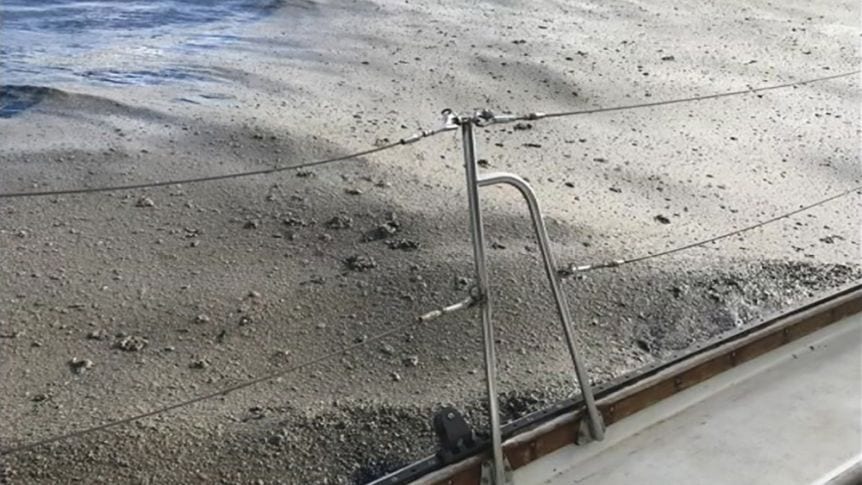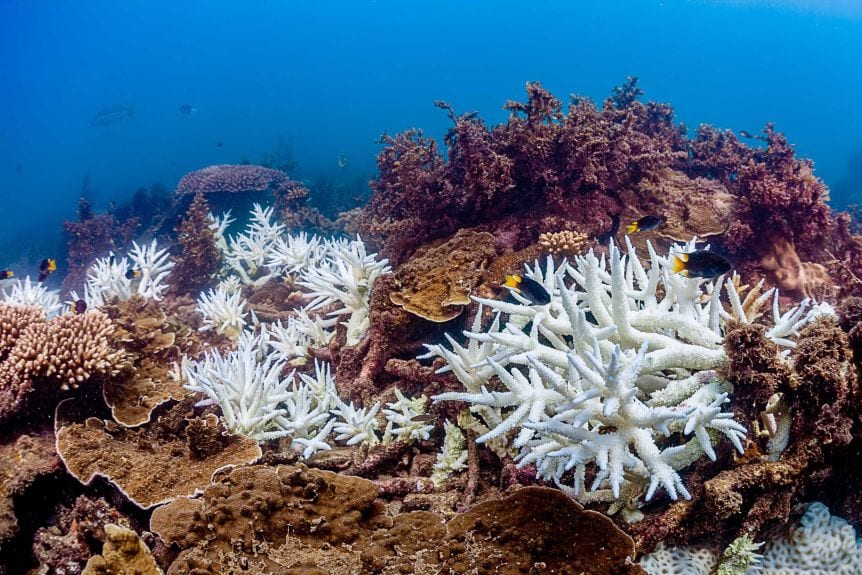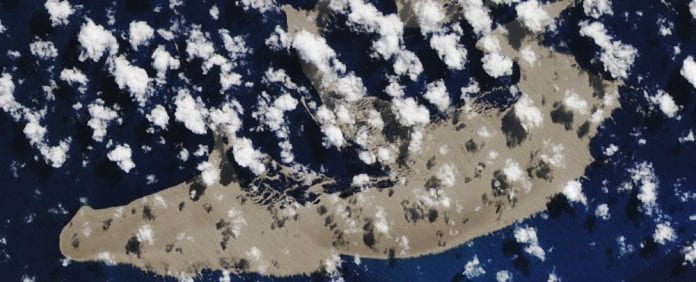Volcanic rocks that were ejected from an underwater volcano in the Pacific Ocean have floated their way to continental Australia. This giant group of rocks has had to cross thousands of kilometres of endless water to reach Australia. The arrival of the rocks might be a surprising event; however, it is not an unwelcome one.
Researchers have predicted that this fresh batch of rocks will only help revitalize the greatest coral reef system on the planet, The Great Barrier Reef. Looking at how critical the condition of such complicated ecosystems has been for the last few decades, these rocks are like a breath of fresh air.

The biggest surprise in the whole chain of events is the fact that the essentially disparate processes which are continually being played can interact with each other with incredible grace. Such interactions are rarely found and need to be recorded, not only for research interests but also to take into account as many factors as we can when predicting the next few decades this planet will face. Volcanic rock is highly porous, and therefore buoyant. This unique ability allowed it to stay afloat until it reached Australia.
This event is not unique. A similar event happened in 2011, when a volcano named F or 0403-091, erupted near the Vava’u islands in Tonga. The eruption resulted in a similar amount of rock being freed which then floated to Australia. The eruption in both cases caused a pumice raft to form. It is a collection of small chunks of volcanic rock that float together. The result looks like a floating island from the top.
These rocks are extremely attractive for small aquatic organisms such as algae, barnacles, and corals. This is how these floating rocks can help the Great Barrier Reef. Small corals and other organisms can get stuck and hitch a ride till the reed where they can resettle.

There are many mysteries regarding these eruptions and their aftermaths. A giant underwater explosion in 2012 (also considered the biggest underwater eruption ever) caused the dispersion of these rocks across an area twice the size of New Zealand.
The researchers were able to study that explosion and draw some conclusions from their observations. However, they still do not know why some rocks sink at the time of eruption while some can continue floating for months and years on end.
There is a lot to be found out about these giant migrations of life across thousands of kilometres of water. What is certain is that it is a good thing for the Barrier reef and is certainly well-timed.
Further Reading:


